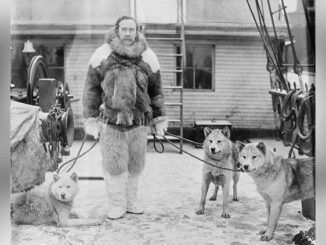
Light bulbs. Record players. Motion pictures. These are some of the many inventions made by Thomas Edison. His curious, intellectual spirit led to numerous life-changing discoveries.
Thomas Edison was born in Ohio in 1847. He lost most of his hearing when he was twelve years old. He did not allow this to affect his ability to learn. In fact, he claimed that he was better able to concentrate on his work due to his hearing loss. Edison loved to read books and solve problems. He was a self-taught scientist who enjoyed doing his own experiments.
At the age of 22, Edison moved to New York City where he kick-started his career as an inventor. In 1876, Thomas Edison moved to Menlo Park, New Jersey and opened the world’s first research and development laboratory. In this laboratory, he and a team of scientists worked to develop innovative ways to improve inventions that already existed. Edison once said, “necessity is the mother of invention.” He knew that as an inventor, he could learn about what people needed and find ways to help improve their lives.
It was at this research lab that Thomas Edison created his favorite invention – the phonograph. One day when he was transcribing a message from a telegraph to a piece of paper, he realized that he was hearing sound. He announced, “I have not heard a bird since I was twelve.” This discovery led to the invention of the phonograph, the first device that could record and play back sounds. Over time, Edison and his team of scientists improved the phonograph, and the device was used to play music. Today, we call the phonograph a record player. Thanks to Thomas Edison, people can listen to music from around the world in the comfort of their own homes.
What Do You Think? Why is it important to have a patent for something you invent?
Reading Response Click on this link to respond to your reading. Print out the response page or upload it to your classroom site.
Photo Credit: Library of Congress, Prints and Photographs Division [LC-USZ62-55344].



